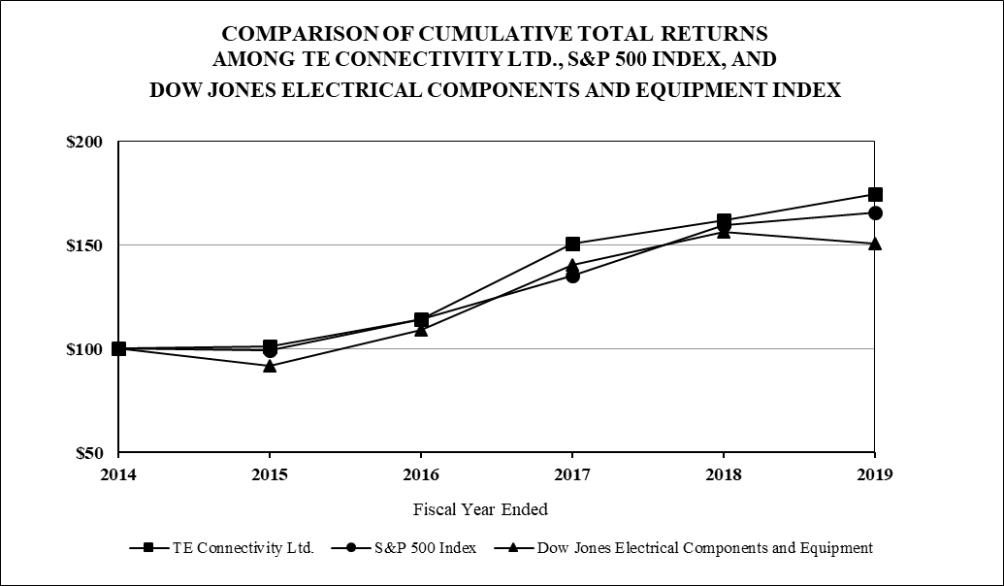We are dependent on market acceptance of our new product introductions and product innovations for future revenue.
Substantially all markets in which we operate are impacted by technological change or change in consumer tastes and preferences, which are rapid in certain end markets. Our operating results depend substantially upon our ability to continually design, develop, introduce, and sell new and innovative products; to modify existing products; and to customize products to meet customer requirements driven by such change. There are numerous risks inherent in these processes, including the risk that we will be unable to anticipate the direction of technological change or that we will be unable to develop and market profitable new products and applications in time to satisfy customer demands.
Like other suppliers to the electronics industry, we are subject to continuing pressure to lower our prices.
We have historically experienced, and we expect to continue to experience, continuing pressure to lower our prices. In recent years, we have experienced price erosion averaging from 1% to 2% each year. To maintain our margins, we must continue to reduce our costs by similar amounts. We cannot provide assurance that continuing pressures to reduce our prices will not have a material adverse effect on our margins, results of operations, financial position, and cash flows.
We may be negatively affected as our customers and vendors continue to consolidate.
Many of the industries to which we sell our products, as well as many of the industries from which we buy materials, have become more concentrated in recent years, including the automotive, data and devices, and aerospace and defense industries. Consolidation of customers may lead to decreased product purchases from us. In addition, as our customers buy in larger volumes, their volume buying power has increased, enabling them to negotiate more favorable pricing and find alternative sources from which to purchase. Our materials suppliers similarly have increased their ability to negotiate favorable pricing. These trends may adversely affect the margins on our products, particularly for commodity components.
The life cycles of certain of our products can be very short.
The life cycles of certain of our products can be very short relative to their development cycle. As a result, the resources devoted to product sales and marketing may not result in material revenue and, from time to time, we may need to write off excess or obsolete inventory or equipment. If we were to incur significant engineering expenses and investments in inventory and equipment that we were not able to recover, and we were not able to compensate for those expenses, our results of operations, financial position, and cash flows could be materially and adversely affected.
Risks Relating to Our Operations
Our results are sensitive to raw material availability, quality, and cost.
We are a large buyer of resins, chemicals, additives, and metals, including copper, gold, silver, aluminum, brass, steel, and zinc. Many of these raw materials are produced in a limited number of countries around the world or are only available from a limited number of suppliers. In addition, the prices of many of these raw materials continue to fluctuate. If we have difficulty obtaining these raw materials, the quality of available raw materials deteriorates, or there are significant price increases for these raw materials, it could have a substantial impact on the price we pay for raw materials. To the extent we cannot compensate for cost increases through productivity improvements or price increases to our customers, our margins may decline, materially affecting our results of operations, financial position, and cash flows. In addition, we use financial instruments to hedge the volatility of certain commodities prices. The success of our hedging program depends on accurate forecasts of planned consumption of the hedged commodity materials. We could experience unanticipated hedge gains or losses if these forecasts are inaccurate.
In accordance with the Dodd-Frank Wall Street Reform and Consumer Protection Act, the SEC established annual disclosure and reporting requirements for those companies who use tin, tantalum, tungsten, or gold (“conflict minerals” or “3TG”) mined from the Democratic Republic of the Congo (“DRC”) and adjoining countries (together with the DRC, the “Covered Countries”) in their products. These requirements could affect the sourcing, pricing, and availability of 3TG used in the manufacture of certain of our products, and may result in only a limited pool of suppliers who can demonstrate that they do not source any 3TG from the Covered Countries. Accordingly, we cannot provide assurance that we will be able to obtain non-conflict 3TG in sufficient quantities or at competitive prices. Further, since our supply chain is complex, we may face

